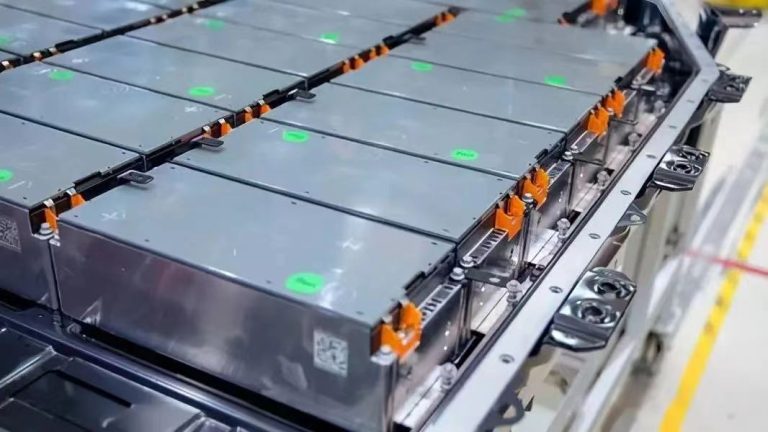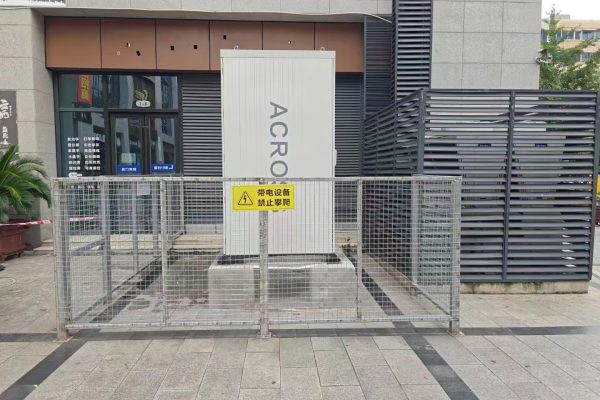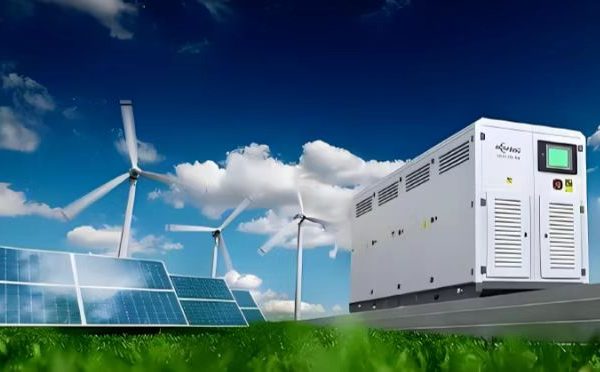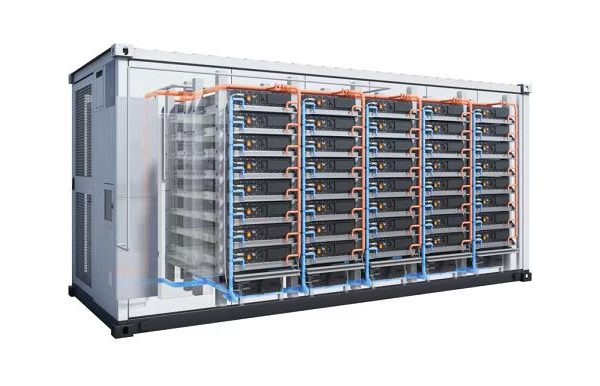Clarity in Documentation Means Faster, Smarter Delivery
In technical B2B energy storage procurement, especially in PV + ESS projects under 100kW, it’s not just about the right product — it’s about the right paperwork. As a buyer, installer, or small EPC contractor, your ability to evaluate, communicate, and track technical documents directly impacts project speed, cost, and safety.
Here are five essential procurement documents that every technical trader — and their clients — should master.
1. Technical Data Sheet (TDS)
The foundation of technical understanding
Every quality inverter, battery, or hybrid solution comes with a TDS — and it’s often the first document your customer or installer will read.
A good TDS should include:
| Key Specs | Why It Matters |
|---|---|
| Rated Power / Capacity | Project sizing and load compatibility |
| Voltage Window | Inverter-battery matching |
| Communication Protocols | EMS/BMS integration (RS485, CAN, Modbus) |
| Operating Temperature | Suitability for local climate |
| Certifications | Required for import or project registration |
| Dimensions & Weight | Helps layout and structural planning |
Tip for buyers: Never send a quote without attaching the TDS. It saves dozens of back-and-forth emails.
2. System Block Diagram (Single-Line Diagram)
Your visual map of how the system fits together
Especially for hybrid systems, the block diagram or single-line diagram (SLD) shows how the inverter, batteries, loads, grid, PV, and generator are connected.
This is critical when:
- You need project approval from a local utility
- Your installer isn’t familiar with the brand
- You’re shipping a pre-wired cabinet or all-in-one kit
It often answers questions like:
- Does this inverter allow grid + genset input?
- Where do fuses or DC breakers go?
- Is the PV input isolated from the battery input?
Tip: Don’t rely on verbal descriptions. A good block diagram avoids dangerous wiring mistakes in the field.
3. Battery and Inverter Compatibility List
The hidden key to warranty and performance
Even with standardized communication (CAN, RS485), not every battery works smoothly with every inverter. That’s why compatibility sheets are so important.
These usually come from the battery side or inverter manufacturer, and list:
- Supported BMS protocols (e.g., PYLONTECH, BYD, custom CAN)
- Verified charging/discharging voltages
- Special settings or firmware versions required
Why it matters: If you mismatch battery and inverter and they don’t talk, you may lose:
- BMS protections
- SOC accuracy
- Charge/discharge efficiency
- Even your warranty coverage
Tip for traders: If you’re selling “open” battery brands or lesser-known inverters, request the compatibility sheet — or test yourself and document the results.
4. Packing List with HS Codes and Gross Weight
For customs clearance, freight, and warehouse handling
While this seems like basic logistics, an accurate and detailed packing list can prevent:
- Delays at customs
- Wrong warehouse intake
- Freight overcharges
Make sure your packing list includes:
| Field | Reason |
|---|---|
| Product name & model | Confirms shipment vs PO |
| HS code (per item) | Needed for import declaration |
| Gross weight per package | For freight quotes & planning |
| Net weight | For warehouse handling & layout |
| Package size | Affects storage, container planning |
Tip for smaller orders: Ask your supplier to include photos of how the kits are packed, especially if you’re importing systems in batches.
5. Commissioning Manual / Installation Guide
Tools to reduce field errors and speed up first deployment
Even the best equipment will fail if not installed correctly. That’s why a clear, localized commissioning manual is a must.
Look for:
- Wiring instructions with voltage labels and polarity
- DIP switch / LCD menu walkthrough
- Communication setup (CAN baud rates, RS485 pins)
- First boot procedures
- Troubleshooting steps (LED codes, alarms)
Why this matters: In markets like Africa or rural Asia, installers may be trained in PV but new to batteries or hybrid inverters. If you want to sell again, your product needs to work the first time.
Tip for sellers: Offer your clients a complete “installer kit” — not just hardware, but documentation, guide videos, and local contact points.
What Happens Without Good Documentation?
| Missing Document | Likely Result |
|---|---|
| No TDS | Unclear specs, lost bids |
| No block diagram | Incorrect wiring, delays |
| No compatibility sheet | Inverter errors, support headaches |
| Incomplete packing list | Customs problems, demurrage fees |
| No install guide | Field failures, lost customer trust |
If your goal is repeat sales, low return rates, and trust, these five documents are non-negotiable.
Summary: Be the Trader Who Makes Projects Work
As a small-scale energy systems buyer or technical trader, your competitive advantage isn’t always price — it’s clarity. When you understand and deliver the right documents, you:
- Make life easier for your client’s team
- Speed up procurement and installation
- Reduce costly errors
- Build long-term loyalty
So next time you quote a 5kW hybrid system or a 10kWh battery cabinet — ask yourself:
✅ Do I have all five documents ready to go?









